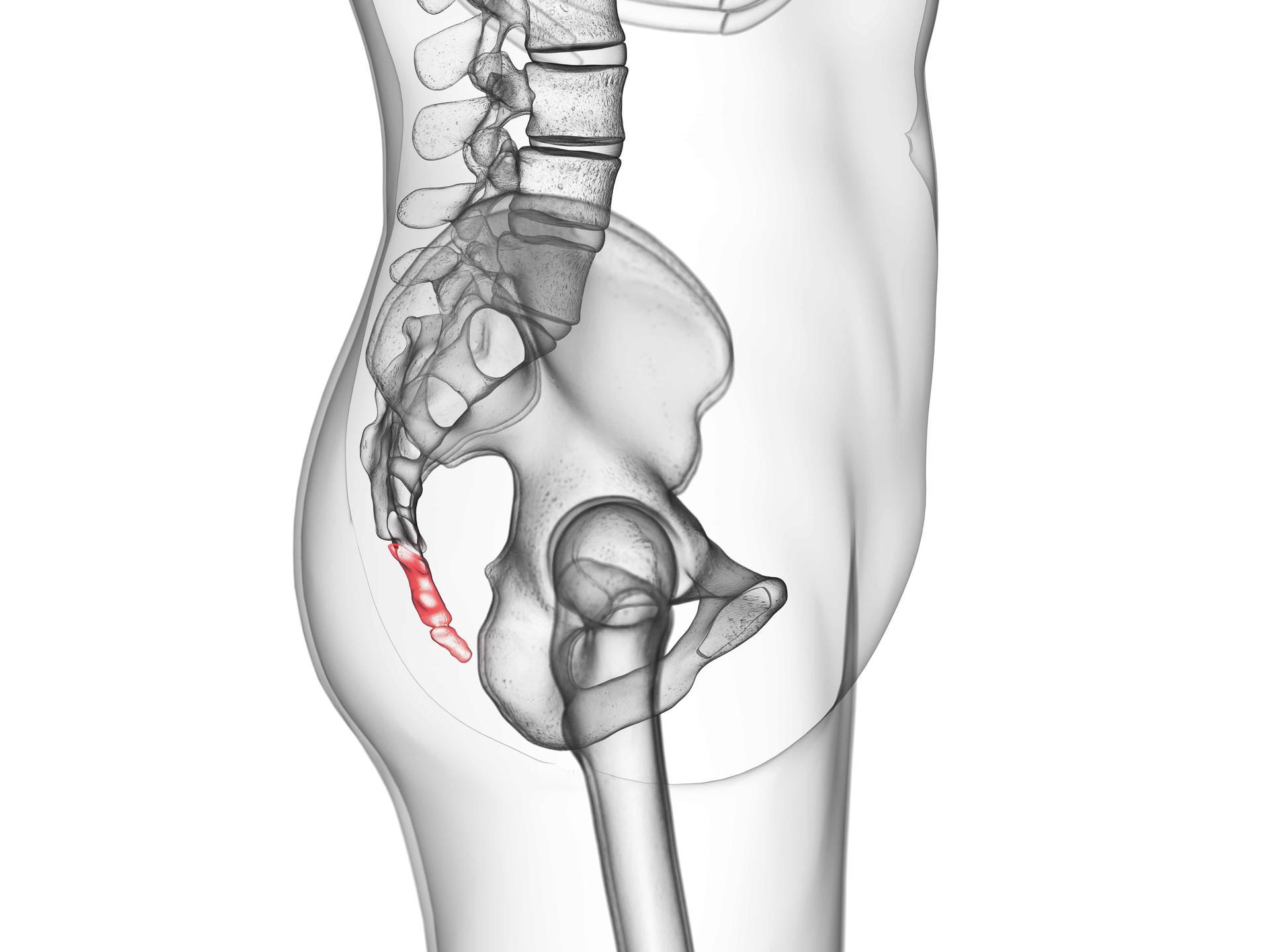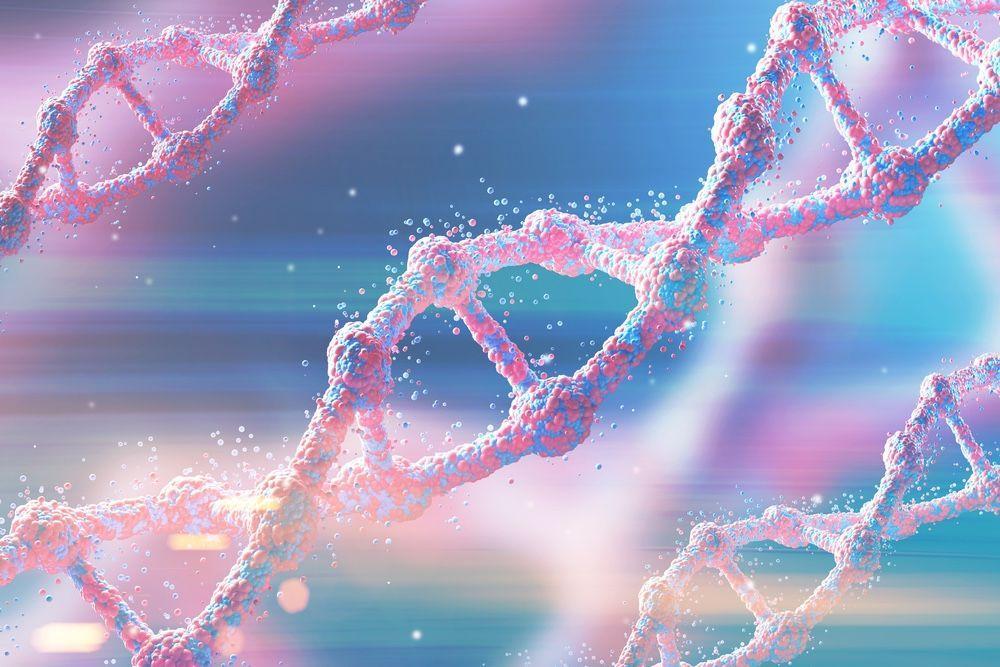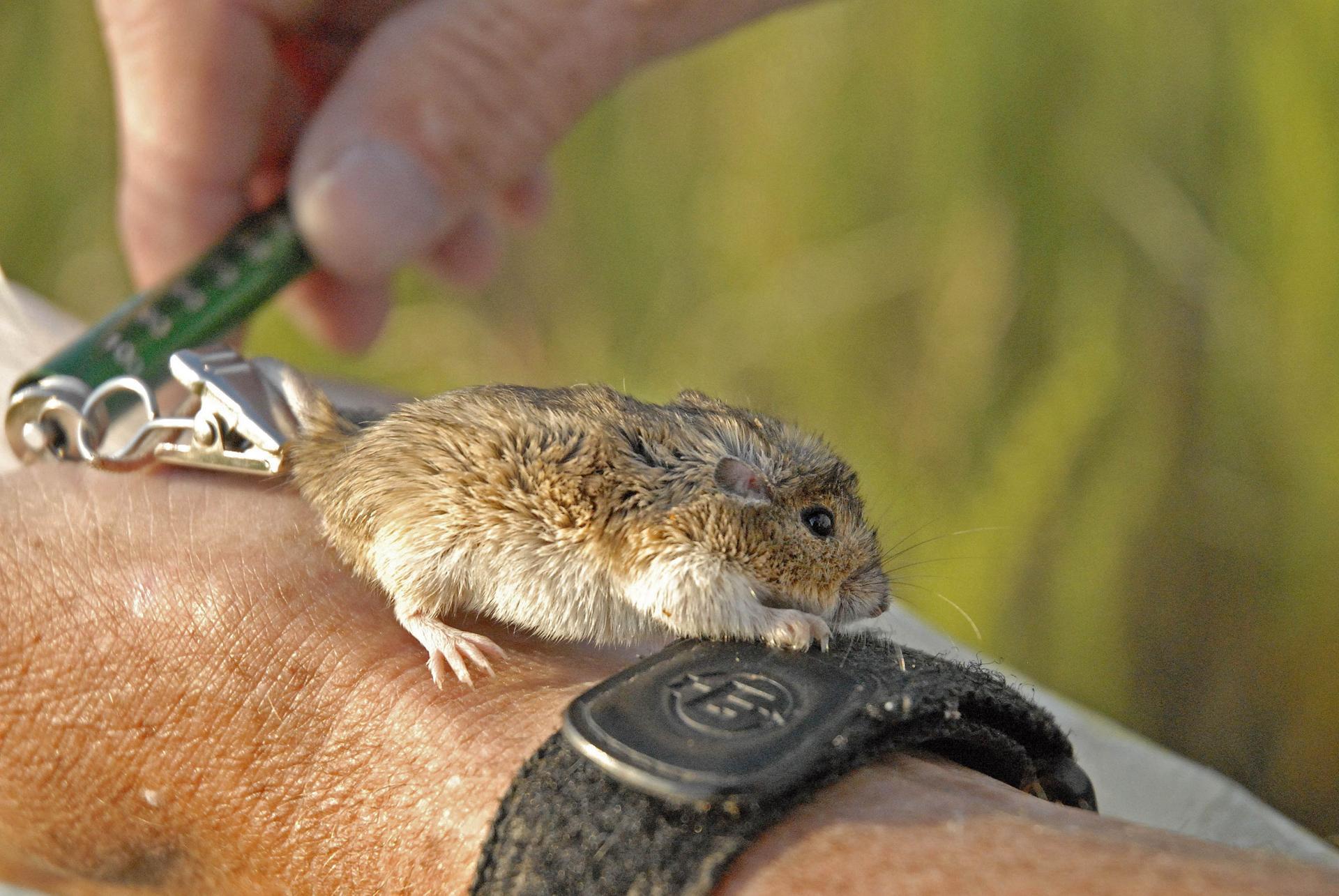Humans lost their tails about 25 million years ago. This evolutionary split separated us from our monkey cousins.
Scientists have long puzzled over the genetic cause. Could this loss have sparked our journey to humanity?
TBXT Gene: The Tailbone of Evolution?

Researchers identified a mutation in the TBXT gene. This gene regulates tail length in tailed animals.
The mutation appears unique to humans and apes. How did this tiny change reshape our entire lineage?
From Injury to Discovery: A Scientist’s Journey

Bo Xia’s tailbone injury sparked his curiosity. He approached the question with fresh eyes.
Xia’s innovative thinking led to a breakthrough. Can personal experiences drive scientific revolutions?
Alu Elements: Primate DNA’s Hidden Players?

Alu elements are repetitive DNA sequences unique to primates. They can insert themselves into the genome.
Scientists found two Alu elements in the TBXT gene of great apes. How many other genetic secrets do these elements hold?
Introns: Junk DNA or Evolutionary Gold?

Introns were once considered non-functional “dark matter”. The Alu elements reside in these introns.
They cause the removal of an entire exon during RNA splicing. Could this “junk” DNA be the key to understanding evolution?
Mouse Tails: Can We Recreate Evolution?

Scientists introduced Alu elements into mice genes. This resulted in mice without tails.
The experiment mimicked human evolution. Will we soon be able to replay evolution in the lab?
Bipedalism: Did Losing Tails Make Us Walk?

Tail loss may have facilitated bipedalism in humans. Walking upright is a crucial human adaptation.
Humans are the only primates to walk exclusively on two legs. How did this seemingly small change shape our entire species?
Spina Bifida: An Evolutionary Trade-off?

Mice with truncated tails showed higher rates of spina bifida. This neural tube defect affects 1 in 1000 births globally.
TBXT deficiency may link to this condition. Are there other hidden costs to our evolutionary journey?
From Selfish Elements to Big Brains?

A single genetic change led to profound evolutionary shifts. Humans developed large brains and complex technology.
Our species now dominates the planet. Can we trace all human achievements back to this one mutation?
What’s Next: Can We Predict Evolution?

This discovery opens new avenues for genomic analysis. Alternative splicing may underlie various evolutionary changes.
Scientists can now explore other trait modifications. Will we soon be able to forecast our evolutionary future?

